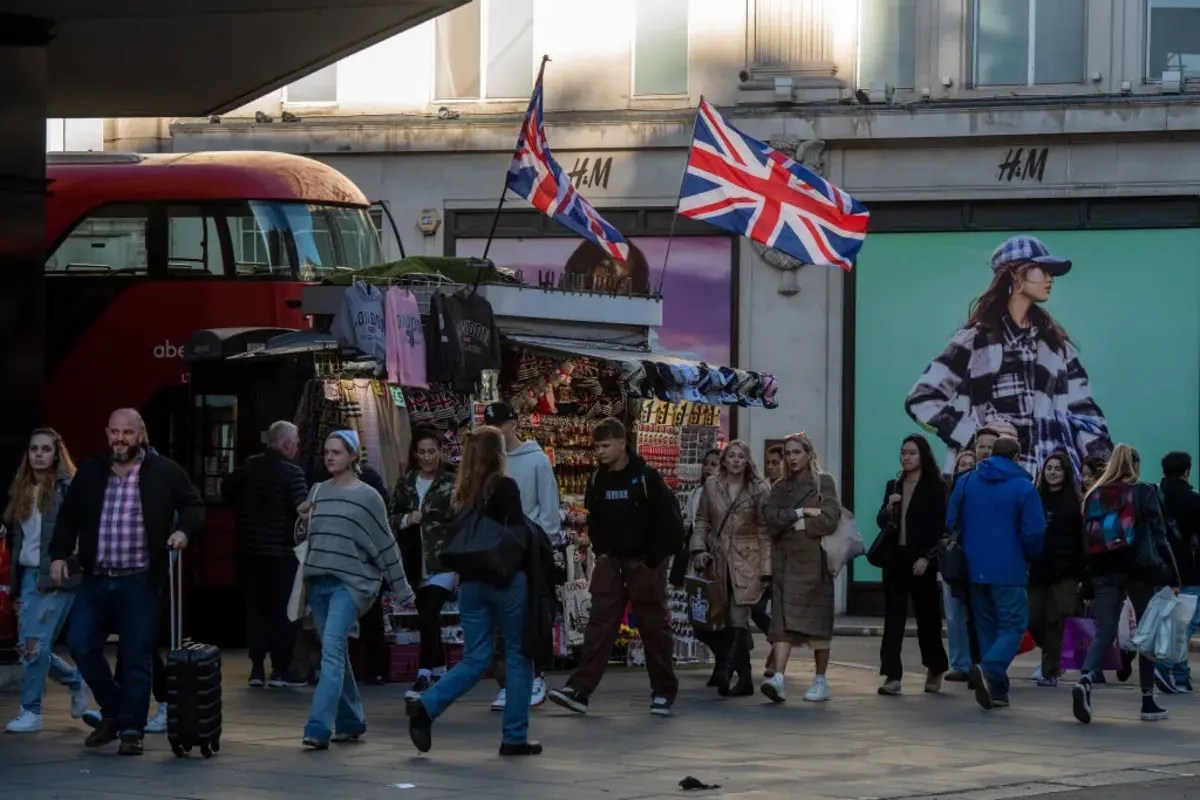Easing inflation helps retail footfall in August despite riots
Retail footfall in the UK was boosted by good weather and easing inflation in August, despite the effect of the violent riots which erupted earlier in the month. Total UK retail footfall fell by 0.4 per cent in August year-on-year, compared to an annual drop of 3.3 per cent in July, according to the British Retail Consortium (BRC). It’s [...]


Retail footfall in the UK was boosted by good weather and easing inflation in August, despite the effect of the violent riots which erupted earlier in the month.
Total UK retail footfall fell by 0.4 per cent in August year-on-year, compared to an annual drop of 3.3 per cent in July, according to the British Retail Consortium (BRC).
It’s the best monthly figure for more than a year, with consistent reductions in footfall over the last 12 months.
It’s likely that the disorder pushed Brits towards retail parks in August, as some “continued to avoid high streets and shopping centres,” Helen Dickinson, Chief Executive of the BRC, said.
High street footfall fell by 0.3 per cent in August year-on-year, up from -2.7 per cent in July.
On an annual basis, retail park footfall increased by 2.6 per cent in August, from -0.8 per cent in July, while shopping centre footfall fell by 1.8 per cent, from -3.9 per cent in July.
“Footfall recovered across all destinations towards the end of the month when warmer weather and summer sales prompted shoppers to browse their favourite stores,” Dickinson added.
Andy Sumpter, Retail Consultant EMEA for Sensormatic Solutions, attributed the positive figures to “an easing of price inflation, fair weather and a boost from school and bank holiday trade”.
“Retailers will be hoping that the resilience seen in August, with footfall tantalisingly close to returning a positive year-on-year performance, will lead to longer-term growth for store traffic,” he added.
Jenni Matthews, Marketing & Insights Director at MRI Software, said that weekend footfall rose month on month, while weekday footfall fell.
“The decline could be attributed to many people deciding to vacation abroad this year, and aligns with pre-pandemic trends,” she said.
“The back-to-school rush and mandated office returns in September could provide retailers with a boost in weekday footfall providing them with an opportunity to maximise sales especially as we head into the final, yet busiest, part of the year,” she added.
‘Broken business rates’
Dickinson also called on the government to reform the business rates system.
“Local communities need the government to implement its high streets plan to help drive footfall back into growth.
“The upcoming budget is an opportunity to move forward with the plan to fix the broken business rates system which acts as a brake on retail investment, and contributes to our declining high streets as it leads to so many store closures up and down the country,” she said.
Labour has previously promised to replace business rates with a system of “business property taxation” in a bid to level the playing field between high street businesses and online retailers.
On average, a company will pay business rates equal to 50 per cent of their annual rent, although business rate relief for retail, leisure and hospitality companies has been extended throughout the 2023/2024 financial year to aid these sectors in their economic recovery.
It is currently set at 75 per cent (subject to a £110,000 cash cap).
A report by Atlus Group last year found that a host of retail, hospitality and leisure properties in London could be faced with an extra £575.55m in business rates next year because they were not eligible for support measures outlined by the government.



